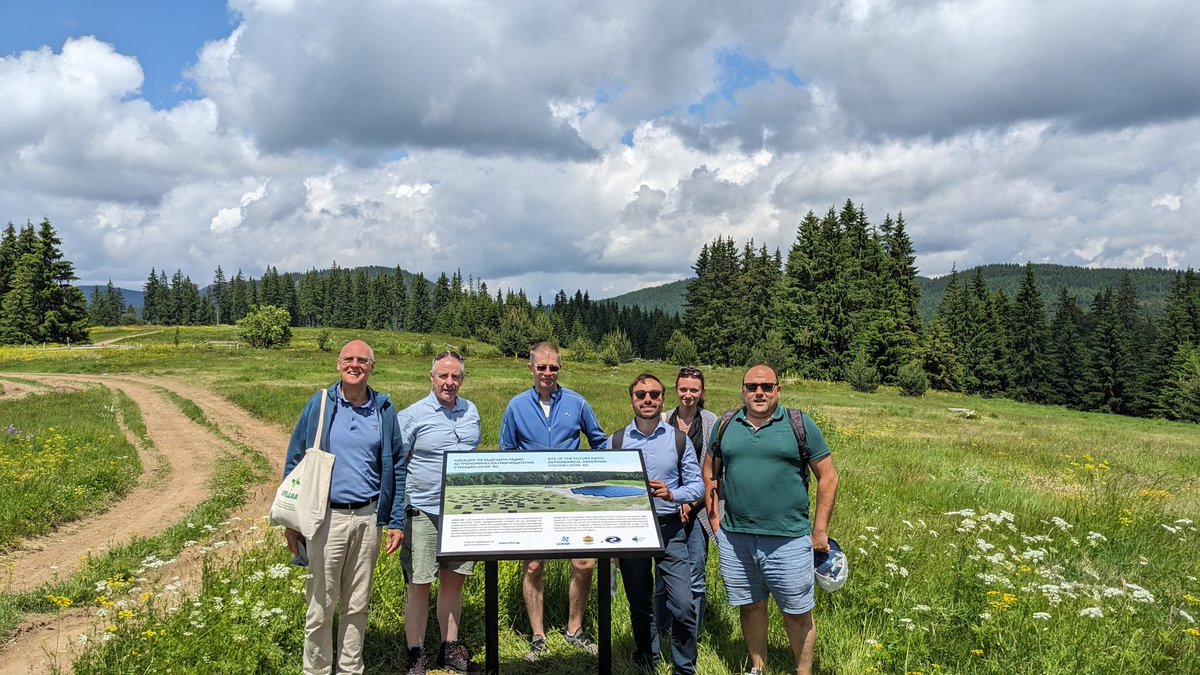
STELLAR_H2020
@stellar_h2020
STELLAR EU_H2020 Twinning project on excellence in radio astronomical science & technology in Bulgaria. Led by IANAO, with @ASTRON_NL, @DIASAstronomy, TUS
ID: 1355500286585036800
http://lofar.bg/stellar 30-01-2021 12:57:24
66 Tweet
59 Followers
31 Following




A new STELLAR paper on solar radio emissions at the lowest radio frequencies observable from the ground just came out, led by Peijin Zhang 📡☀️!
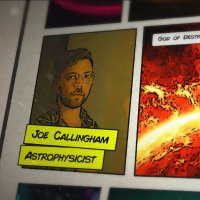

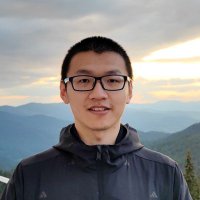

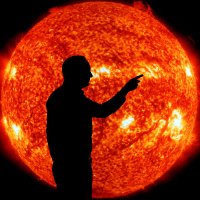

Hosting colleagues today from the STELLAR_H2020 project, ASTRON and Observatoire de Paris for more radio discussion DIAS Dunsink Observatory #PRE2022



First ever imaging sequence of a solar eclipse at 50 MHz with Low Frequency Array!


This morning we start with Pietro Zucca giving an overview of the Low Frequency Array telescope to the students. Check the full programme at stellar-h2020.eu/index.php/lofa…


Today Jeremy Rigney from DIAS Astronomy & Astrophysics is telling the students about transient radio signals on the sky, such as pulsars and fast radio bursts. Up next - what studies can be done with a single LOFAR station?


Today the students got treated to a visit of the #Discoverer petascale supercomputer, hosted at Sofia Tech Park. Bulgarian researchers already use this monster machine for processing of Low Frequency Array data!

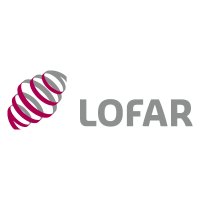
📡 Radio waves from satellite constellations pose a threat to astronomical exploration. LOFAR confirms unintended emissions. Collaboration between astronomy and industry is vital, urging Int’l Telecommunication Union to regulate this emission. astron.nl/radio-waves-le… (Artist impression @DanielleFuts)



Seeing first-light images of the Sun from the enormous Daocheng Solar Radio Telescope (DSRT) located in SW China CESRA Solar Radio and STELLAR_H2020 meetings in UK and Bulgaria this week. Built in only 3 years - amazing. Looking forward to seeing first-result papers Peijin Zhang 📡☀️.


The STELLAR_H2020 Final Meeting was a great success! From summaries of project achievements and discussions of how to strengthen our Low Frequency Array collaborations even further, to walks along historic old #Plovdiv's cobblestone streets, and a visit to the LOFAR.BG station site.
